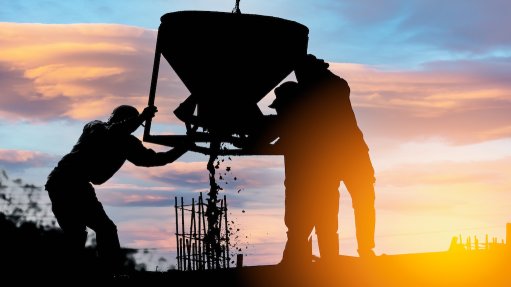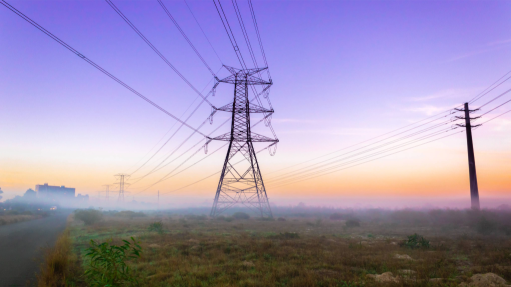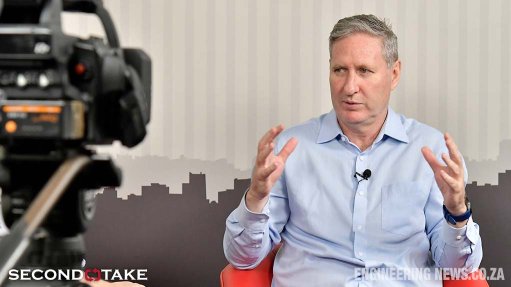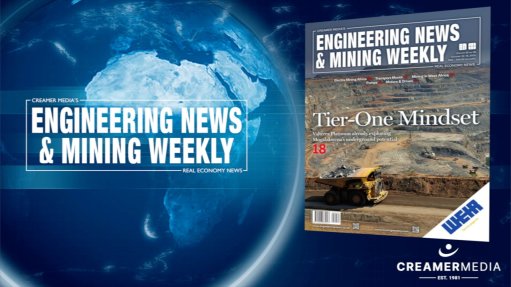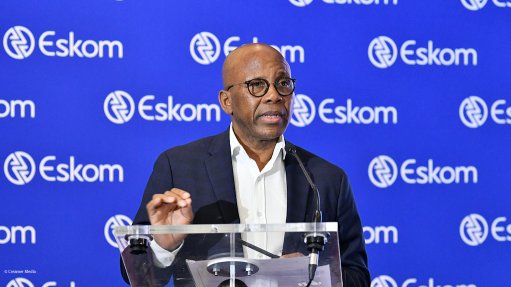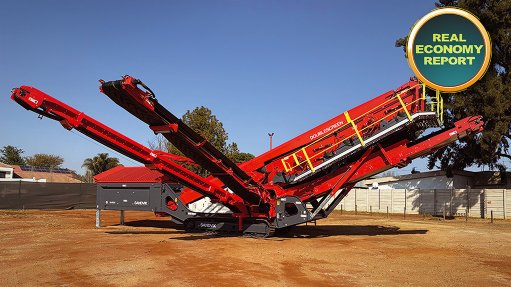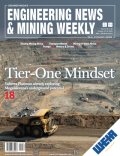Really back in the day
When I was in first year at the University of the Witwatersrand, in 1972, there were two computers. One was called IBM 360 West and the other IBM 360 East. West was for us students, East was for staff.
Each of the computers was housed in an air-conditioned building (unusual at the time – we relied on wind and windows for heat control and jackets and jerseys for the cold). Each computer was controlled by a ‘terminal’, which was an electronic typewriter that could type commands and receive responses.
To speed things up, the typewriters did not have normal keys – they would clash if typing at high speed. Thus, the typing head was a golf ball shape and size, with keys embossed on it. It would spin on its axis or ‘nod’ forward and backward to put the correct letter to the forefront and then type. If you read this sentence fairly slowly, then that is how fast it could type.
A student would create a program using a set of cards, each about the size of an envelope. The cards were stacked into a card-punching machine and the student typed out the program, which was then punched into the card, with the text typed on the top of the card. The text was the so-called ‘programming language’.
A typical program line would be 10 Print ‘Hello’, which would print the word Hello onto the printer paper. The collection of cards forming the program (one program line at a time) was stacked up and run through the card reader and then sent to the ‘brain’ of the computer, being the cabinets of electronics containing gates and shift registers and stuff. When about ten students had their cards stacked into the card reader, an important computer staff member would push a button on the card reader and the cards would be sucked into the reader with the sound of a deck being shuffled. There would be a few minutes’ pause and the line printer (it printed one line of text at a time, high speed) would print out the programs with the result at high speed onto computer paper, which was driven through the printer by sprockets driving perforations on the paper edges.
The computer staff thought they were gods because they alone knew how the computer worked, knowledge which was only passed on by some eternal being. Actually, they knew very little – engineering students knew more – but we did not know that at the time. Computers were very useful: you could use the punch cards for filing dividers and the discarded computer paper for taking notes – cheaper than examination pads.
Computers were also entertaining. By printing out lines of text, you could print pictures of things with the text letters as pixels. We printed horses, and cowboys and women. Some of the pictures were quite works of art. If any, all seriously, of them had survived into this century, they probably would be regarded as quite valuable. It was very cool, if you were an engineering student, to have a computer text picture on the wall. If you were caught doing this, you would be taken to the office of the dean, who would explain to you why you should not and suggest that perhaps engineering was not for you. It happened to me.
There was a process by which you could duplicate cards. Using this and other means, you could cause the line printer to sing a song of sorts, since different lines of text made different sounds. It sounded like somebody humming through a comb, but the melody was quite distinct. One such melody that was created was a bit like Jimi Hendrix playing the Star Spangled Banner at Woodstock.
Oh, you do not know Jimi Hendrix? Or the Star Spangled Banner or Woodstock. Ag shame. Back in the day. Computers.
Comments
Announcements
What's On
Subscribe to improve your user experience...
Option 1 (equivalent of R125 a month):
Receive a weekly copy of Creamer Media's Engineering News & Mining Weekly magazine
(print copy for those in South Africa and e-magazine for those outside of South Africa)
Receive daily email newsletters
Access to full search results
Access archive of magazine back copies
Access to Projects in Progress
Access to ONE Research Report of your choice in PDF format
Option 2 (equivalent of R375 a month):
All benefits from Option 1
PLUS
Access to Creamer Media's Research Channel Africa for ALL Research Reports, in PDF format, on various industrial and mining sectors
including Electricity; Water; Energy Transition; Hydrogen; Roads, Rail and Ports; Coal; Gold; Platinum; Battery Metals; etc.
Already a subscriber?
Forgotten your password?
Receive weekly copy of Creamer Media's Engineering News & Mining Weekly magazine (print copy for those in South Africa and e-magazine for those outside of South Africa)
➕
Recieve daily email newsletters
➕
Access to full search results
➕
Access archive of magazine back copies
➕
Access to Projects in Progress
➕
Access to ONE Research Report of your choice in PDF format
RESEARCH CHANNEL AFRICA
R4500 (equivalent of R375 a month)
SUBSCRIBEAll benefits from Option 1
➕
Access to Creamer Media's Research Channel Africa for ALL Research Reports on various industrial and mining sectors, in PDF format, including on:
Electricity
➕
Water
➕
Energy Transition
➕
Hydrogen
➕
Roads, Rail and Ports
➕
Coal
➕
Gold
➕
Platinum
➕
Battery Metals
➕
etc.
Receive all benefits from Option 1 or Option 2 delivered to numerous people at your company
➕
Multiple User names and Passwords for simultaneous log-ins
➕
Intranet integration access to all in your organisation






